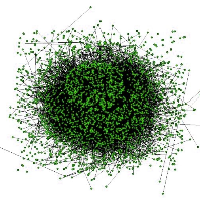I'm having some issues, with asigning values to a 2d array, but first here's the purpose. I'm re working a reversi game in Greenfoot, and the issue I'm having now is that I'm trying to hold the locations for where I want the pieces to be displayed on the screen. I already have all the "x & y" cords for each item, but I'm not sure how to use a 2d array, or what would be the best construct to deal with in this matter.
Any ideas?
If it makes sense to use a 2d array, then what I'm trying to do is store both the x & y cords in one array, then when it comes time for the computer to place a piece, it can refer to the given location in the array.
Again, any ideas?





